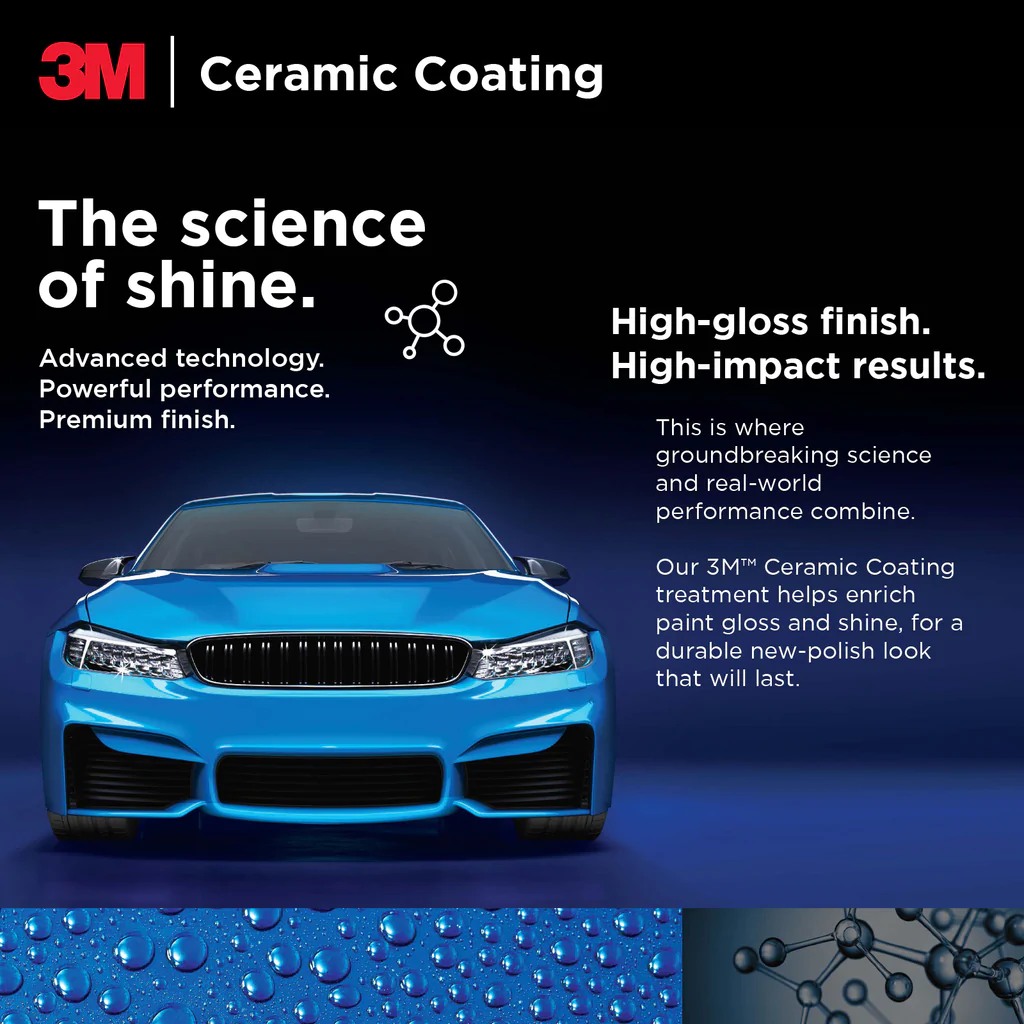Exactly How Ceramic Coating Philadelphia Enhances Your Automobile's Shine and Security
Exactly How Ceramic Coating Philadelphia Enhances Your Automobile's Shine and Security
Blog Article
Why Ceramic Layer Is the Ultimate Solution for a Perfect End Up
Ceramic finishing has actually arised as a leading service for those looking for a perfect surface for their automobiles, many thanks to its amazing longevity and protective attributes. What factors genuinely established ceramic coating apart?
What Is Ceramic Covering?

When applied appropriately, ceramic coating produces a hydrophobic surface that repels water and dirt, making it simpler to keep and clean up. Unlike typical waxes or sealants, which commonly provide temporary protection, ceramic coverings can last for several years, depending upon the item quality and application technique. The process of applying ceramic layer requires meticulous prep work, consisting of thorough cleansing and often repaint correction, to make certain ideal bonding and performance.
Ceramic finishings are not limited to auto surface areas; they can also be used on numerous products, including glass, steel, and plastics, supplying a flexible solution for improving defense. Generally, ceramic coating stands for a considerable improvement in surface defense modern technology, combining both useful and aesthetic benefits for a vast array of applications.
Advantages of Ceramic Layer
While numerous surface protection options exist, the benefits of ceramic finish stand out because of its one-of-a-kind properties and lasting efficiency. Among the main benefits is its remarkable durability. Ceramic Coating Philadelphia. Unlike traditional wax or sealants that require regular reapplication, ceramic coatings provide a resilient layer that can last for a number of years, substantially lowering upkeep efforts
One more notable advantage is boosted protection against environmental pollutants. Ceramic coverings produce a hydrophobic surface that fends off water, dust, and different toxins, making it much easier to clean up. This attribute not only maintains the car's look yet also decreases the threat of deterioration and oxidation, especially in extreme weather condition conditions.
Moreover, ceramic layers offer premium resistance to UV rays, avoiding fading and destruction of paint in time. This UV defense is vital for maintaining the aesthetic value of cars and surface areas exposed to guide sunlight.
Additionally, the glossy surface accomplished with ceramic finishing improves the total aesthetic allure, giving surface areas a showroom-quality luster. Overall, ceramic finishes stand for a significant development in surface defense innovation, supplying long-lasting benefits that deal with both aesthetic and practical demands.
Exactly How It Functions
Recognizing the scientific research behind ceramic coatings exposes just how they supply such remarkable protection and longevity. At its core, a ceramic coating is a fluid polymer that chemically bonds with the car's factory paint.
The application procedure involves several steps, including surface preparation, which is crucial to achieving optimum adhesion. When applied, the layer undergoes a curing process, during which it sets and forms a semi-permanent bond with the paint surface. This bond is what identifies ceramic coatings from conventional waxes and sealants, giving a longer-lasting protective barrier that can endure for many years.
In addition, the thickness of the layer can boost its safety qualities, making sure that it can hold up against severe conditions. Ultimately, the scientific research of ceramic finishings incorporates sophisticated products with ingenious application strategies to supply an unrivaled level of defense and aesthetic enhancement for automobiles.
Comparison With Traditional Techniques
When compared to standard paint protection approaches such as sealants and waxes,The advantages of ceramic finishes come to be especially evident. While check my source waxes offer a momentary luster, usually lasting a couple of weeks to a couple of months, ceramic coverings provide a lasting safety layer that can withstand for a number of years. This sturdiness substantially reduces the frequency of reapplication, making ceramic coatings an extra cost-effective solution in time.
Furthermore, standard approaches usually need extensive preparation and several applications to attain an adequate degree of security. On the other hand, ceramic layers bond at a molecular degree with the automobile's surface, producing a robust shield against ecological impurities like UV rays, acid rain, and roadway salts. This bond boosts the vehicle's resistance to scratches and swirl marks, which are common with typical waxes and sealers.
Furthermore, the hydrophobic properties of ceramic finishes push back water and dust, causing easier cleansing and maintenance. On the other hand, wax and sealant-treated surface areas can attract grime, demanding even more constant washing - Ceramic Coating Philadelphia. On the whole, ceramic coatings not only supply premium security yet also provide a much more visually great post to read appealing and long-lasting surface, establishing them as the preferred choice for discerning vehicle proprietors
Application and Maintenance Tips

Utilizing a foam applicator, apply the finish in tiny areas, following the maker's guidelines concerning thickness and overlap. Enable sufficient treating time between layers, generally 1 day, to make sure correct bonding. After application, it is important to avoid exposure to water or rough components for at the very least a week to enable the layer to fully cure.
For maintenance, wash the automobile frequently with pH-balanced soaps and stay clear of abrasive products. Touchless auto washes are recommended to minimize scratching. In addition, using a ceramic upkeep spray can improve the coating's hydrophobic residential or commercial properties and long life. Routine evaluations for any type of indications of wear will certainly help keep the coating's integrity and maintain that immaculate finish.
Verdict
In conclusion, ceramic finishing emerges as a remarkable option for achieving a perfect automobile finish. By developing a robust bond with factory paint, ceramic layer successfully guards versus scratches, UV rays, and environmental impurities.

Report this page